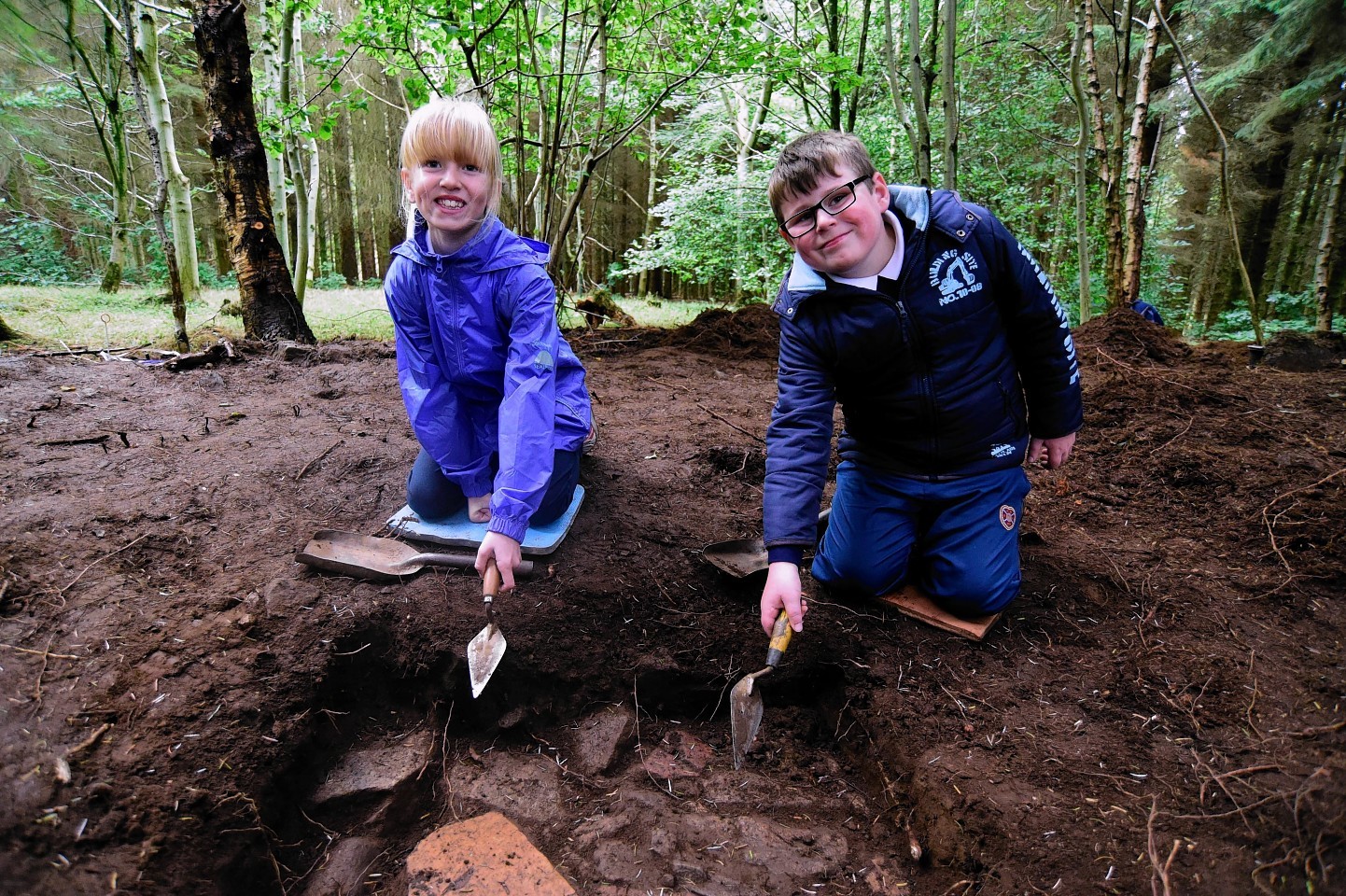A crowdfunding campaign has been launched to help uncover part of the north-east’s Pictish history.
Recent finds from digs in Aberdeenshire have shed new light on where a Christian monastery was based before vanishing from records around 1,000 years ago.
The Book of Deer project began ten years to highlight the important of a tiny collection of notes on local life.
Excavations near Old Deer unearthed a new layer of charcoal which dates back to between 1147 and 1260 and the remnants of a previously undocumented building.
But, for the work on this potentially major discovery to continue, the costs of the carbon dating have to be met.
That is why an online crowdfunding bid to raise £2,000 has been launched by project volunteers, so they can pay for the specialists.
Organiser Anne Simpson said: “For the last ten years, the Aberdeenshire-based Book of Deer Project has commissioned and paid for archaeological digs to try to find the site of the monastery where the 10th-century Book of Deer was written.”
“Every year we have made some really interesting finds, but none that date to the monastery. That is, until our tenth dig in 2017 when we found our biggest clue yet.
“Carbon dating of charcoal in a hearth was dated to the monastic period and, as a result, we want to dig in the same location in June 2018 to discover more.
“Finding the site of the monastery will be of huge significance to local and national history. As well as getting help from a team of around 30 volunteers, we need to pay for professional surveys and a professional archaeology team.”
Bruce Mann, an archaelogist for Aberdeenshire Council who will begin digging at the site again this summer, added: “This project has for many years worked hard to identify the location of the lost monastic site.
“These latest discoveries may at last hint the mystery has finally been solved. More work has to happen, but regardless of what this finally turns out to be, it is a significant find for not only Old Deer, but Aberdeenshire and beyond too.”
The Book of Deer itself is kept at Cambridge University. Efforts are ongoing to have it returned to the north-east for a year-long exhibition.
It is believed to have been written in the 10th century.
Further information about the crowdfunding bid can be found at
https://www.justgiving.com/crowdfunding/bookofdeerprojectdig2018
